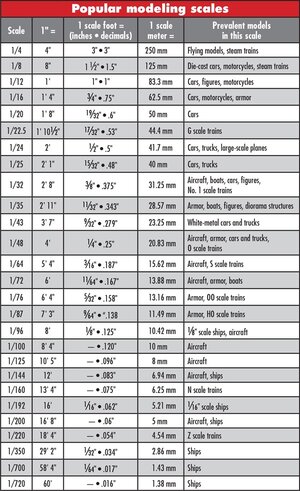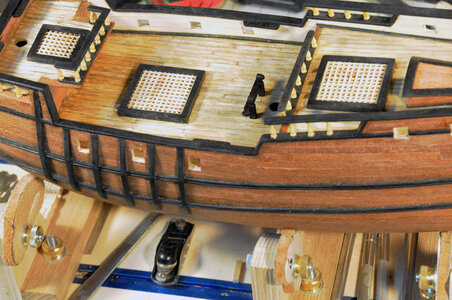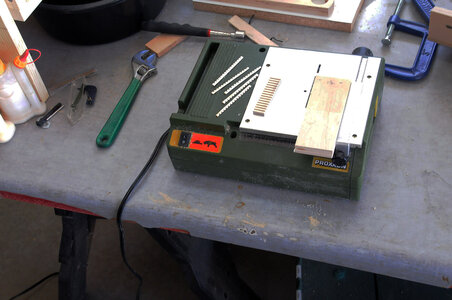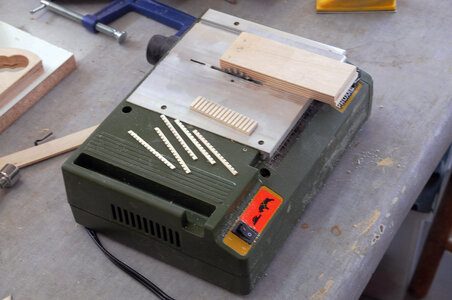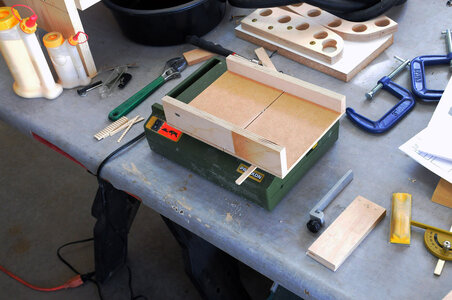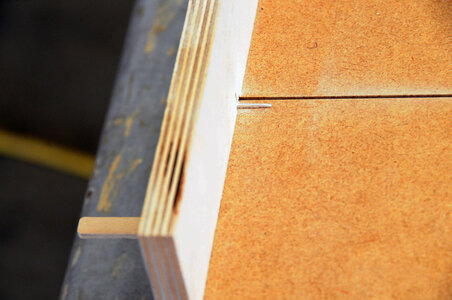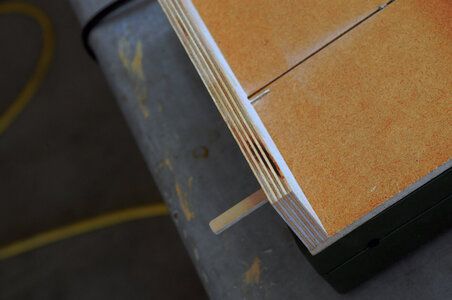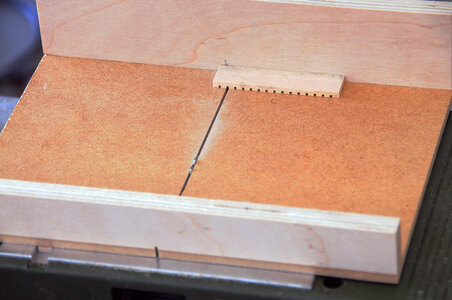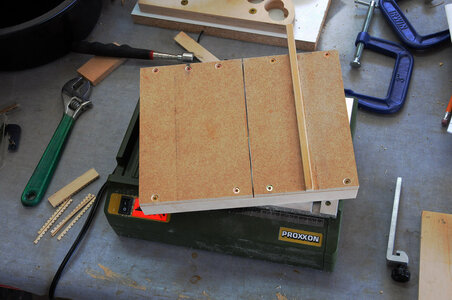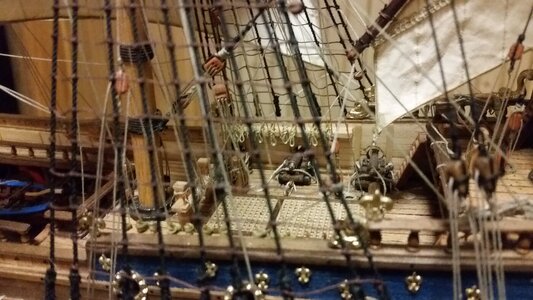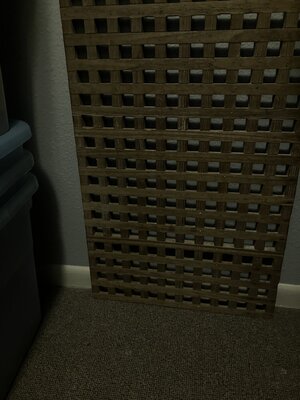I'm building the Ragusian Carrack by MarisStella, and no grating was provided for the stem/fore portion of the ship. Olha in her excellent build used manufactured style grating, but I am having problems finding the right size to order.
Some grating in smaller (square) sizes says the size of hole (near as I can tell about 2mm on her model. Model Shipways sells 12" long strips, specified as 12" x 3/32", 12" x 1/32" x 1/32", 12" x 1/16" x 3/64" and 12" x 3/64" x 3/64". I have no idea what those dimensions mean. What I need to know is the material thickness, the spacing or size of the resultant squares and the height of the strips. None of those dimensions seem to suit.
Any idea what those dimensions mean, and what would be best for this use?
Some grating in smaller (square) sizes says the size of hole (near as I can tell about 2mm on her model. Model Shipways sells 12" long strips, specified as 12" x 3/32", 12" x 1/32" x 1/32", 12" x 1/16" x 3/64" and 12" x 3/64" x 3/64". I have no idea what those dimensions mean. What I need to know is the material thickness, the spacing or size of the resultant squares and the height of the strips. None of those dimensions seem to suit.
Any idea what those dimensions mean, and what would be best for this use?



 , so the 1/32" x 1/32" would have 1/32" thick wood with 1/32" spaces in between (quite small for small scale), and 3/64" x 3/64" would be the same with wood and spaces at 3/64". I guess 1/16" x 3/64" would be 3/64" wood with 1/16" spaces. At my scale, the larger would be roughly 3" thick wood and space between.
, so the 1/32" x 1/32" would have 1/32" thick wood with 1/32" spaces in between (quite small for small scale), and 3/64" x 3/64" would be the same with wood and spaces at 3/64". I guess 1/16" x 3/64" would be 3/64" wood with 1/16" spaces. At my scale, the larger would be roughly 3" thick wood and space between.
